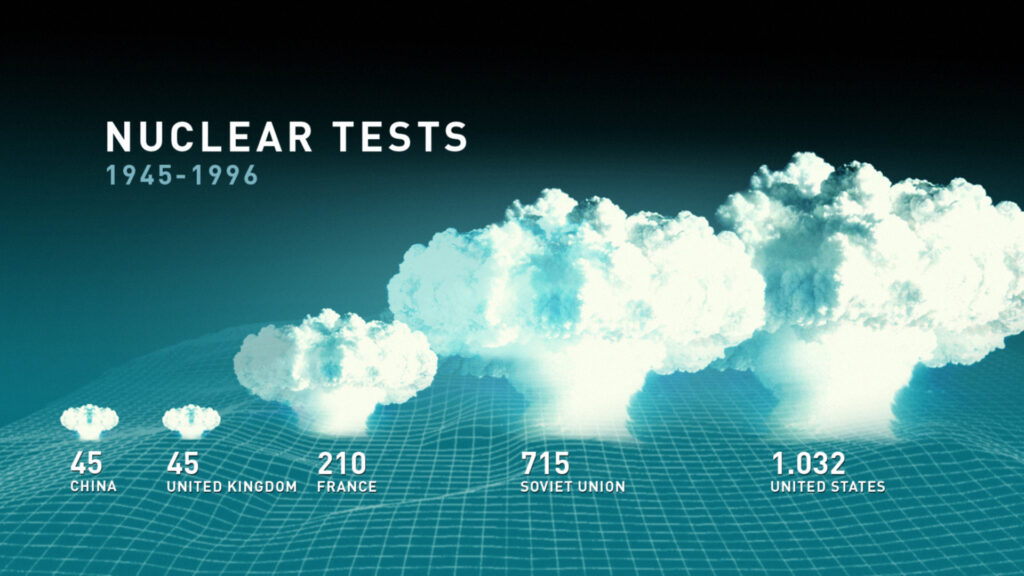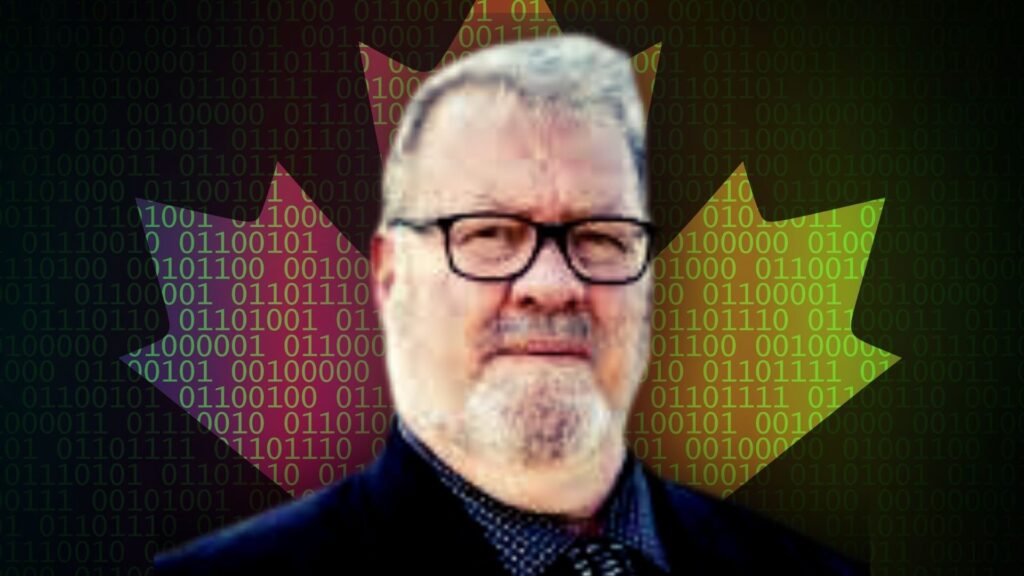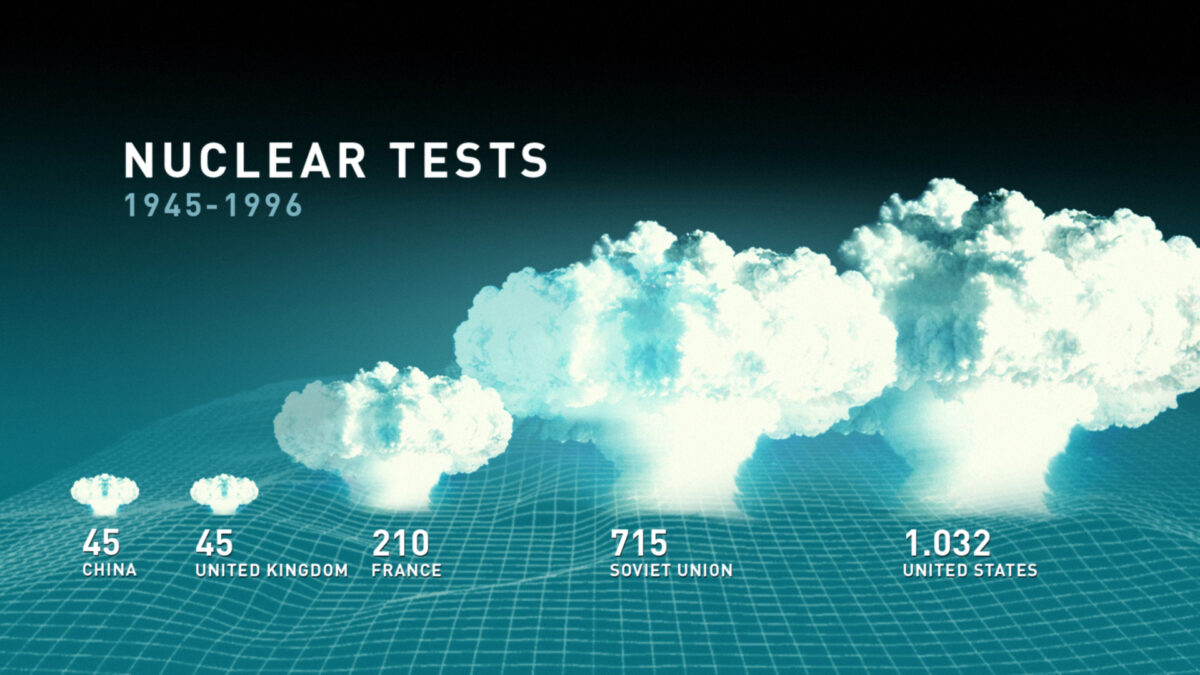If there is a threat that is truly ‘existential’ to life on Earth it has to be nuclear weapons proliferation. So, how do we stop it?
When I worked in signals intelligence (SIGINT) in the 1980s and 1990s I had access to some amazing pieces of information. As a member of the so-called ‘5 eyes‘ sharing arrangement (a club of SIGINT agencies from Australia (Defence Signals Directorate – DSD – now ASD as of 2013), Canada (Communications Security Establishment – CSE, where I worked from 1983-2001), New Zealand (Government Communications Security Branch – GCSB), the UK (Government Communications Headquarters) and the US (National Security Agency – NSA)), I was like a kid in a candy store.
First I was given raw intercept to read and extract intelligence from, often after translating it into English (I was a multilingual analyst). In addition, I could read all kinds of fascinating reports on all kinds of fascinating issues provided by our allies. We in Canada benefited from the willingness of our partners to pass on their efforts and thus were able to provide our clients – Canadian government officials – with the best intelligence available to help with decision making. All this served as a force multiplier for Canadian intelligence.

One of the reporting series I recall was that which had to do with states which were pursuing nuclear weapons programs. There were quite a few of them in the 1980s and 1990s: Libya, South Africa, Taiwan, North Korea, India and Pakistan. As we all know, only the last three have attained that capability (we’ll leave aside Israel for now: also, the so-called Permanent 5 UNSC members – the US, USSR/Russia/, the UK, France and the PRC – already had ‘the bomb’). Then there is Iran….more on that in a bit.
Back then, there was no Internet. There was no easy way to keep tabs openly on who was doing what. Thankfully, we had SIGINT to help us gain insight. Through the targeting, collection, processing and analysis of communications (verbal, written, imagery, telemetry, etc.) we could see which countries were making progress and suss out who were the key officials (scientists, civil servants) with the keys to this breakthrough. We learned a lot and were able to keep our political masters informed in ways which would have been impossible without intelligence.
Wow, what a difference a couple of decades make!
A proliferation of information
Now we have so much more information at our fingertips: the World Wide Web, social media platforms, even commercial imagery! As this recent article in The Economist noted: “Non-governmental organisations regularly unearth and publicise secret facilities using “open” sources—most notably images taken by satellites like those which researchers at MIIS (NB Middlebury Institute of International Studies) used to spot North Korea’s looming missile test and Saudi Arabia’s rocket plant.”
In other words, it is harder today to hide a nuclear weapons program. This does not obviate the need for intelligence: after all, there is nothing like a highly-placed human source that can be tasked and directed to find out specific information to determine exactly what a state’s intentions are. And only states can actually take steps to interfere with a nation’s quest for nuclear weapons, even if those steps are of dubious legality (hello assassination of Iranian nuclear scientist Mohsen Fakhrizadeh, probably by Mossad, Israel’s foreign spy service: oh wait, Israel surreptitiously developed their own nuke capability didn’t they?).
I am not pining for my early days in SIGINT nor am I nostalgic over having quasi-unique access to information few other Canadians did. It was cool, yes, but today’s citizen is in such a better place to keep informed. Better informed means – in theory at least! – better prepared. There is no excuse these days to not know what is going on and what it all means, dis- and misinformation notwithstanding.
Changing intelligence priorities
I don’t know where the challenge of nuclear weapons proliferation stands when it comes to intelligence priorities (it was once VERY high, especially during the Cold War when MAD – mutually assured destruction – was a very real thing). What with terrorism and foreign espionage/interference on the rise it is hard to imagine where the resources to do CP (counter proliferation) are going to be found.
But found they must be if we are to be in a position to identify, monitor and disrupt further nuclear weapons capability. For the record I am NOT one of those who agonises over Armageddon-like scenarios where a rogue state or a terrorist group gets its hands on a bomb and blows up New York: I’ll leave those scenes to Hollywood. Still, leveraging intelligence as well as open source data to keep tabs on the possession and deployment of nuclear weapons cannot be a bad thing, can it?
Besides, wouldn’t it be MAD not to?
Read more about SIGINT

Yes, Canada needs a foreign intelligence service, but does it want one?
Quick Hits 169 – Phil Gurski explains why Canada needs a foreign intelligence devoted to HUMINT.

Do we need intelligence to stop nuclear weapons proliferation?
If there is a threat that is truly ‘existential’ to life on Earth it has to be nuclear weapons proliferation. So, how do we stop it?

John Ferris: The Authorized history of GCHQ
Why would the Brits ask a Canadian to write their official SIGINT history?

